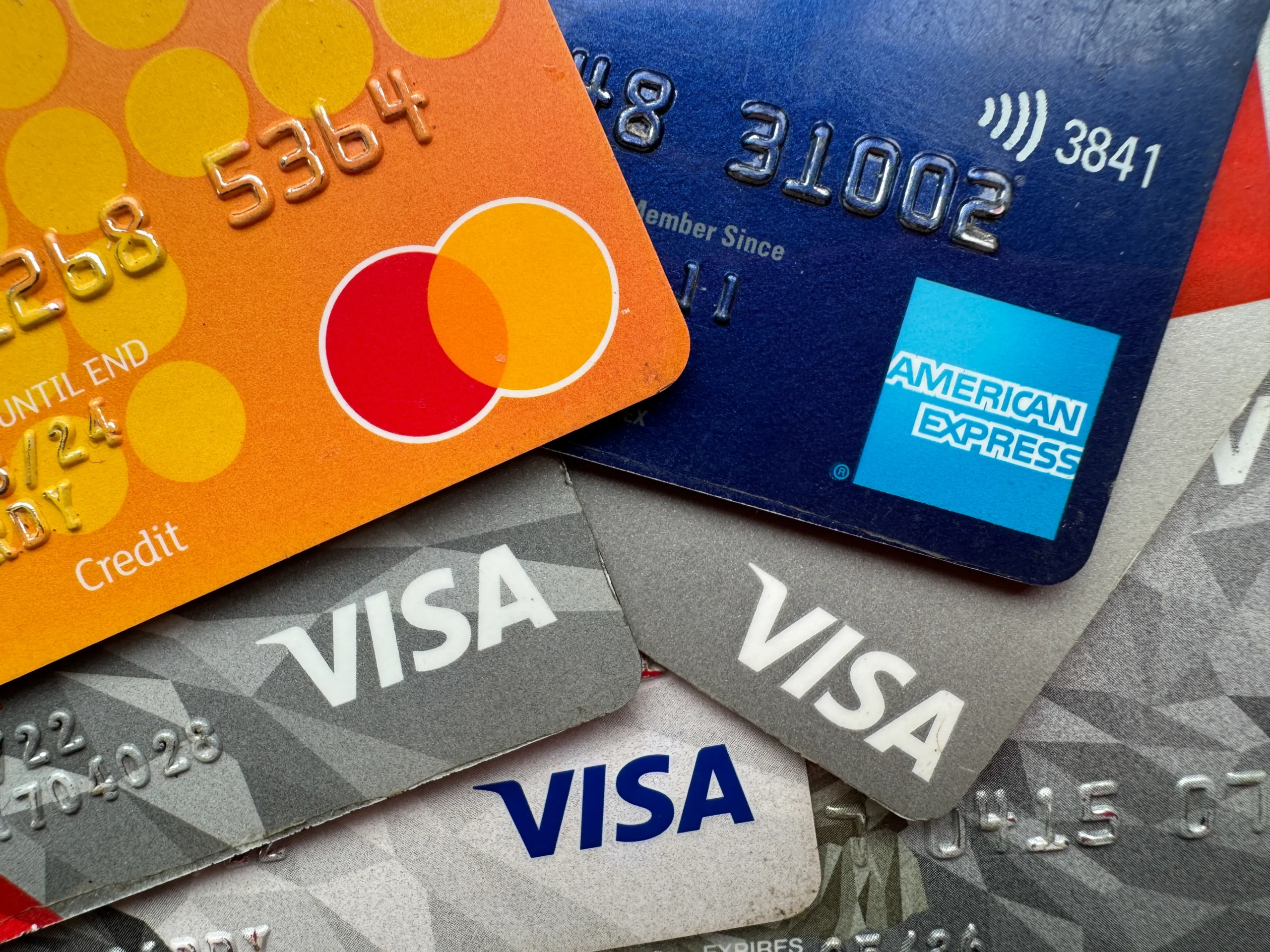Managing credit card debt in the U.S. can feel overwhelming, but you’re not alone. Understanding smart strategies is key to regaining control. This post explores effective methods to reduce debt and avoid falling back into the cycle. With patience, discipline, and the right approach, you can make steady progress toward financial freedom.
Understanding your financial situation

Before tackling credit card debt, get a clear view of your finances. List all balances, interest rates, and minimum payments to see where your money goes. Prioritize high-interest accounts to save on costs. Assess your income, expenses, and discretionary spending to create a realistic budget. Calculating your debt-to-income ratio can also highlight financial risks and guide your repayment strategy.
Creating a repayment plan
Once you understand your finances, create a repayment plan that suits you. The snowball method tackles the smallest debt first, building momentum, while the avalanche method targets high-interest debts to save money. Pick what works best and set clear milestones, like paying off a balance within a set time. Regularly reassess your progress and adjust as needed. Automating payments can help you stay on track, avoid late fees, and protect your credit score.
Exploring consolidation and refinancing options
If your debt feels overwhelming, you might find some relief in consolidation or refinancing options. Credit card debt consolidation involves taking out a new loan to pay off multiple debts, effectively combining them into one monthly payment. This can simplify your repayment process and may offer a lower interest rate compared to your existing credit cards.
However, it’s important to thoroughly research and compare consolidation loans to ensure you’re getting the best terms possible. Another option to consider is transferring your credit card balance to a card with a lower interest rate or a 0% introductory rate. This can significantly reduce the amount of interest you’re paying, allowing more of your payments to go towards the principal balance.
Keep in mind that balance transfer offers are typically time-limited, and you should aim to pay off the transferred balance within the introductory period to maximize savings. Before pursuing these options, evaluate your credit score and be aware of any fees associated with balance transfers or new loans.
Weigh the potential savings against any costs to determine if consolidation or refinancing is the right choice for you. This approach can be beneficial for some individuals, but it’s not a one-size-fits-all solution.
Implementing effective spending habits
To manage credit card debt effectively, adopt smart spending habits. Cut unnecessary expenses, like dining out, and review your budget regularly. Build an emergency fund to avoid relying on credit for unexpected costs. Practice mindful spending by distinguishing needs from wants to prevent impulse purchases. Staying proactive helps you avoid falling back into debt.
Leveraging professional advice and resources
If you’re finding it difficult to manage your credit card debt on your own, consider seeking professional advice. Credit counseling services can offer valuable guidance and support in creating a debt management plan tailored to your financial situation. These services often provide budgeting assistance, money management education, and negotiation with creditors to secure better terms.
Additionally, take advantage of other resources such as financial literacy websites, community workshops, or online courses that focus on debt management. Educating yourself about finances and debt management can empower you to make better-informed decisions and avoid common pitfalls.
Keep in mind that not all credit counseling agencies are created equal. Research and choose reputable organizations with a proven track record of success. By leveraging professional advice and resources, you can gain the support needed to navigate through your debt challenges and work towards a more stable financial future.
Restoring your credit
As you work towards paying off your debt, it’s also important to think about restoring your credit score. Your credit score plays a vital role in future financial opportunities, and improving it should be a parallel goal alongside reducing your debt. Begin by checking your credit report regularly, ensuring that all information is accurate. Dispute any discrepancies you find to maintain the integrity of your credit profile.
Continue making on-time payments for all bills and debts to build a positive payment history. Timely payment records are a significant factor in calculating your credit score. Even small steps, such as paying more than the minimum amount due, can have a positive impact. In addition, aim to keep your credit utilization ratio low by not maxing out your available credit, which will further enhance your score over time.
Remember that improving your credit score is a gradual process. Consistency is key, and by maintaining sound financial practices and responsibly managing your existing credit, you can steadily boost your credit score. Restoring your credit is not only beneficial for your financial health but also opens up more opportunities for future borrowing and investments.

